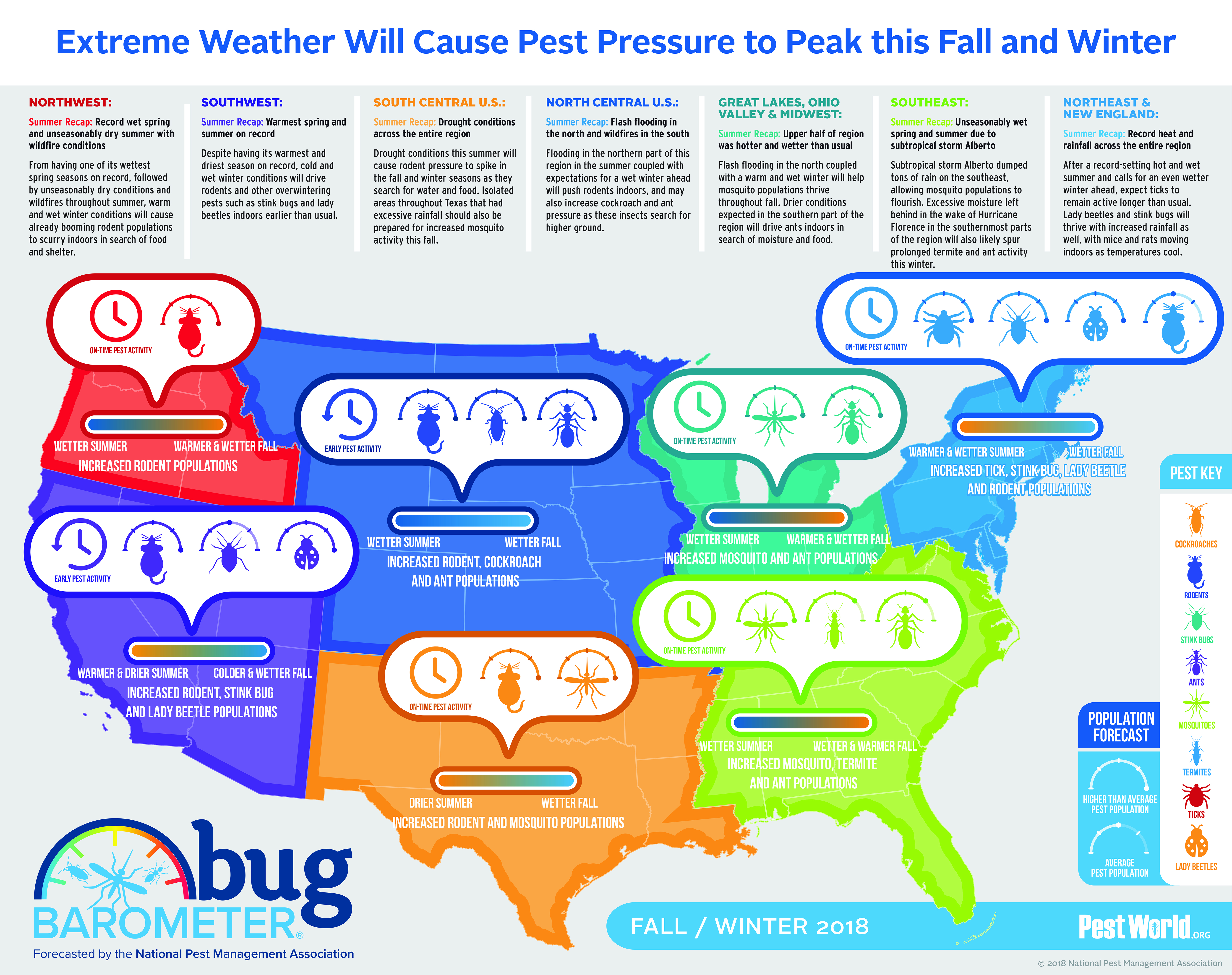Tips For Homeowners To Keep Rodents Out Of Their Attics
Tips For Homeowners To Keep Rodents Out Of Their Attics
Blog Article
Material By-Thybo Snedker
Imagine your attic room as a relaxing Airbnb for rats, with insulation as fluffy as hotel cushions and circuitry a lot more enticing than space service. Currently, visualize these unwanted visitors throwing a wild party in your home while you're away. As a property owner, guaranteeing your attic is rodent-proof is not nearly satisfaction; it has to do with shielding your residential property and loved ones. So, what easy actions can you take to guard your refuge from these fuzzy intruders?
Inspect for Entrance Information
To start rodent-proofing your attic room, inspect for entrance factors. Beginning by meticulously analyzing the outside of your home, looking for any kind of openings that rodents might utilize to gain access to your attic. Look for visit the following internet site around utility lines, vents, and pipes, as well as any kind of fractures or holes in the foundation or siding. Ensure to pay attention to locations where different building products fulfill, as these prevail entry factors for rats.
Furthermore, check https://whocanicalltogetridofrats17384.mdkblog.com/32705237/household-bugs-you-might-not-even-realize-exist-can-posture-wellness-threats-to-you-and-your-household for any type of damaged or missing shingles, in addition to any type of spaces around the edges where rats can press through. Inside the attic room, try to find indicators of existing rodent task such as droppings, chewed cables, or nesting materials. Make use of a flashlight to completely check dark corners and covert spaces.
Seal Cracks and Gaps
Check your attic room extensively for any splits and spaces that need to be sealed to prevent rodents from getting in. Rodents can squeeze with even the smallest openings, so it's essential to seal any potential access points. Check around pipelines, vents, wires, and where the walls satisfy the roofing system. Use a mix of steel woollen and caulking to seal these openings successfully. Steel woollen is an excellent deterrent as rats can not eat with it. Make certain that all spaces are securely secured to deny accessibility to undesirable pests.
Don't ignore the value of sealing gaps around doors and windows also. Use climate removing or door sweeps to seal these areas effectively. Check the locations where utility lines go into the attic room and seal them off making use of an appropriate sealant. By taking the time to secure all fractures and gaps in your attic, you develop a barrier that rodents will certainly find challenging to breach. Prevention is key in rodent-proofing your attic, so be comprehensive in your initiatives to seal any kind of potential access points.
Remove Food Resources
Take positive actions to eliminate or store all potential food resources in your attic room to deter rodents from infesting the space. Rodents are brought in to food, so removing their food sources is crucial in keeping them out of your attic room.
Right here's what you can do:
1. ** Shop food securely **: Prevent leaving any food things in the attic. Store all food in closed containers made from steel or heavy-duty plastic to avoid rats from accessing them.
2. ** Clean up particles **: Eliminate any heaps of particles, such as old newspapers, cardboard boxes, or timber scraps, that rodents might utilize as nesting material or food resources. Keep the attic room clutter-free to make it less attractive to rodents.
3. ** Dispose of waste properly **: If you use your attic room for storage and have trash or waste up there, make sure to get rid of it routinely and appropriately. Rotting trash bin attract rodents, so maintain the attic clean and without any type of organic waste.
http://entomologytoday.org/2017/05/30/yellowmargined-leaf-beetle-new-guide-offers-pest-management-tips-for-organic-growers/ , remember that an ounce of avoidance is worth an extra pound of treatment when it involves rodent-proofing your attic room.
By putting in the time to examine for entrance factors, seal fractures and spaces, and get rid of food sources, you can keep unwanted insects at bay.
https://donovanrmgzt.targetblogs.com/27594718/intriguing-stories-of-triumph-over-insects-unfold-in-real-life-client-experiences-with-pest-control-specialist-solutions-revealing-the-keys-to-their-remarkable-makeovers in mind, 'An ounce of prevention deserves an extra pound of treatment' - Benjamin Franklin.
Keep aggressive and protect your home from rodent invasions.
